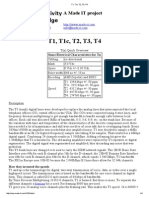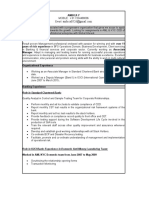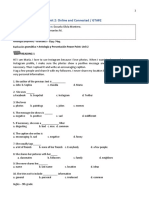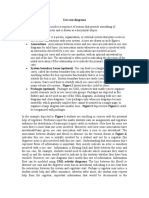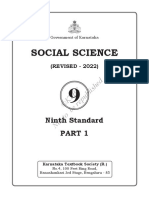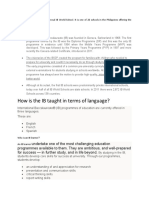0% found this document useful (0 votes)
537 views2 pagesIndian Sign Language Notes
Indian Sign Language (ISL) is the standardized sign language for the deaf and hard-of-hearing community in India, developed by the Indian Sign Language Research and Training Centre (ISLRTC) established in 2015. ISL has its own grammar and structure, and is supported by the National Education Policy (NEP) 2020 for inclusive education. The ISLRTC has created a comprehensive dictionary with over 10,000 signs and has implemented training programs to promote the use and teaching of ISL.
Uploaded by
AnuCopyright
© © All Rights Reserved
We take content rights seriously. If you suspect this is your content, claim it here.
Available Formats
Download as PDF, TXT or read online on Scribd
0% found this document useful (0 votes)
537 views2 pagesIndian Sign Language Notes
Indian Sign Language (ISL) is the standardized sign language for the deaf and hard-of-hearing community in India, developed by the Indian Sign Language Research and Training Centre (ISLRTC) established in 2015. ISL has its own grammar and structure, and is supported by the National Education Policy (NEP) 2020 for inclusive education. The ISLRTC has created a comprehensive dictionary with over 10,000 signs and has implemented training programs to promote the use and teaching of ISL.
Uploaded by
AnuCopyright
© © All Rights Reserved
We take content rights seriously. If you suspect this is your content, claim it here.
Available Formats
Download as PDF, TXT or read online on Scribd
/ 2










